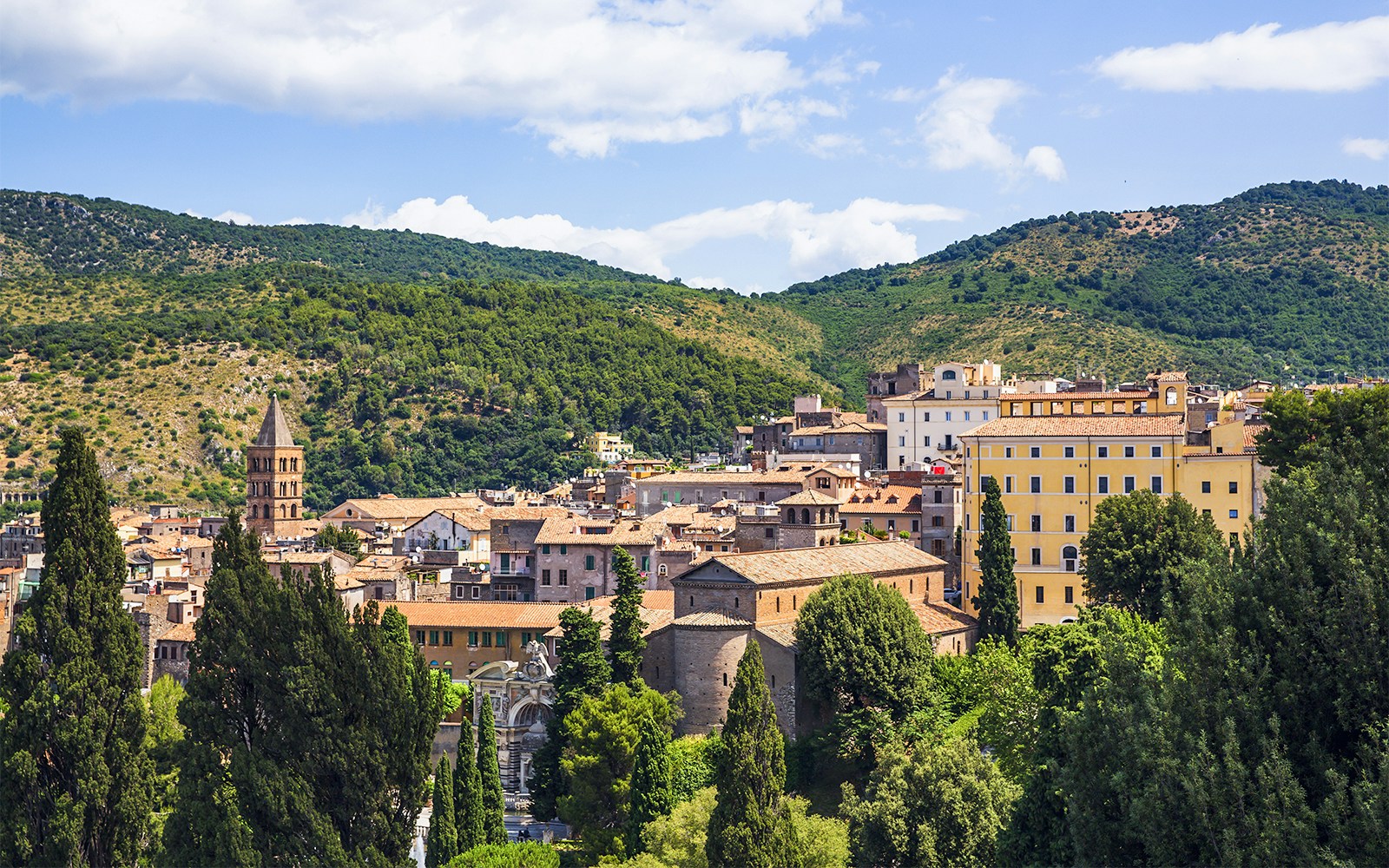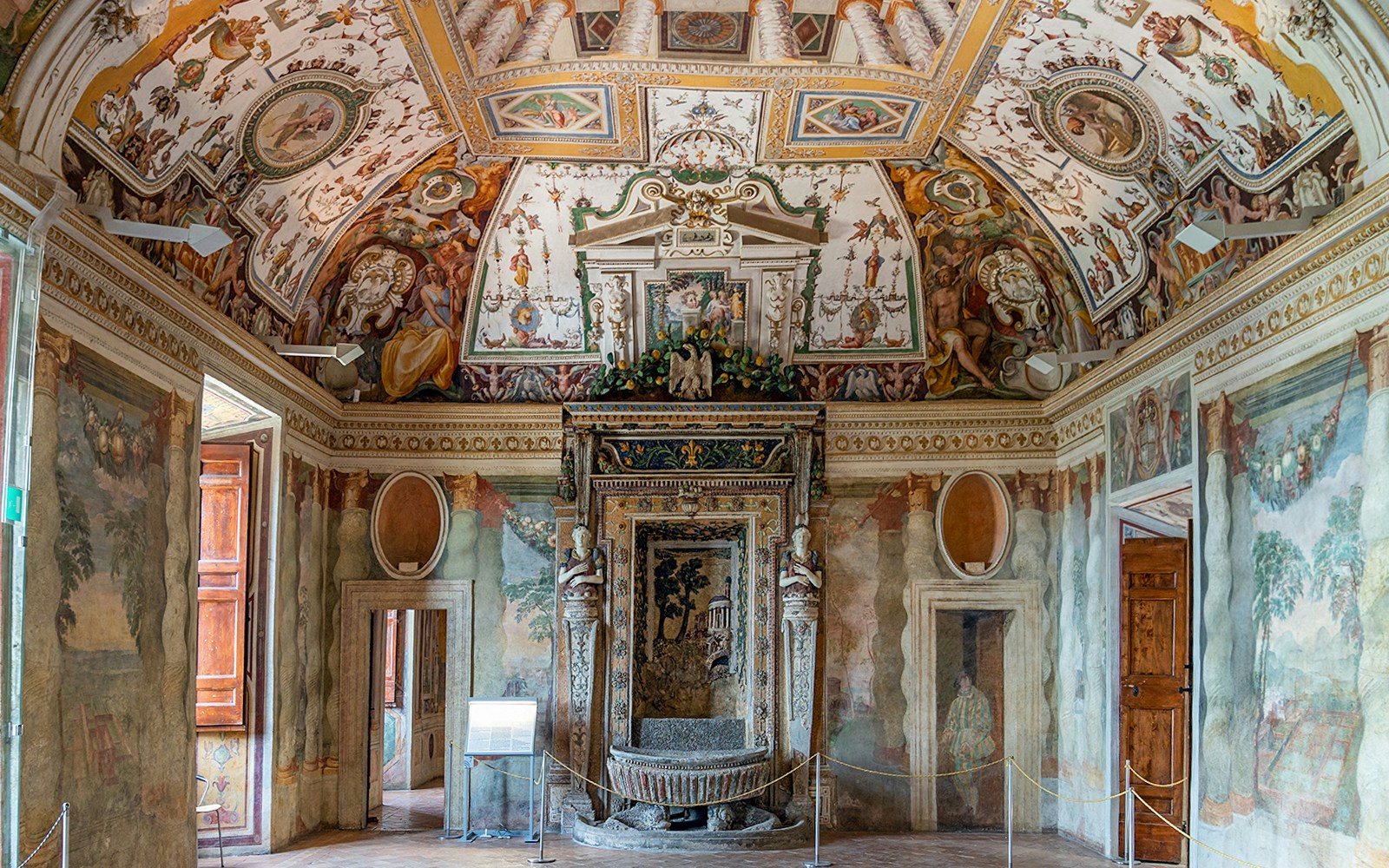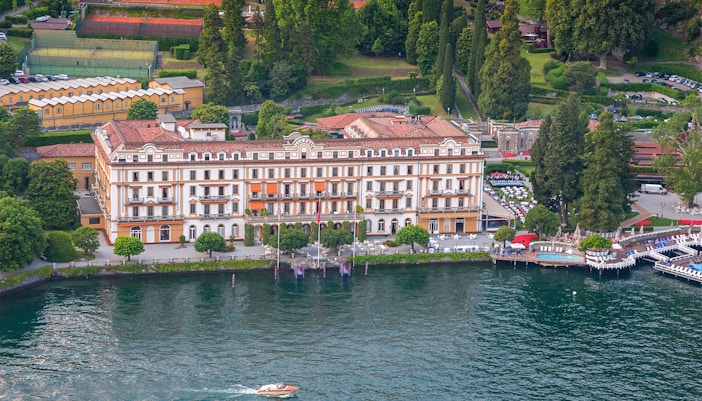The Fountain of Rometta, also called "Little Rome," at Villa d'Este is a fascinating representation with a rich backstory. The water features were designed to represent the journey of the Tiber River. Designed by Pirro Ligorio in the 16th century, the miniature city included recreations of famous Roman landmarks, though some haven't survived. You might find the statue of Rome Victorious, the iconic symbol of the city, along with the legendary She-Wolf nursing Romulus and Remus. Sadly, replicas of triumphal arches like those of Titus, Septimius Severus, and Constantine, as well as Trajan's Column, are lost. Interestingly, when the fountain was built, the real city of Rome was visible in the distance behind it. This created a unique blend of reality and representation, further emphasizing the connection between the Villa d'Este and the Eternal City.


















